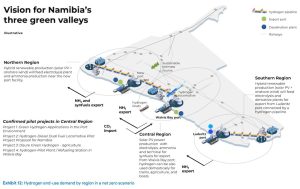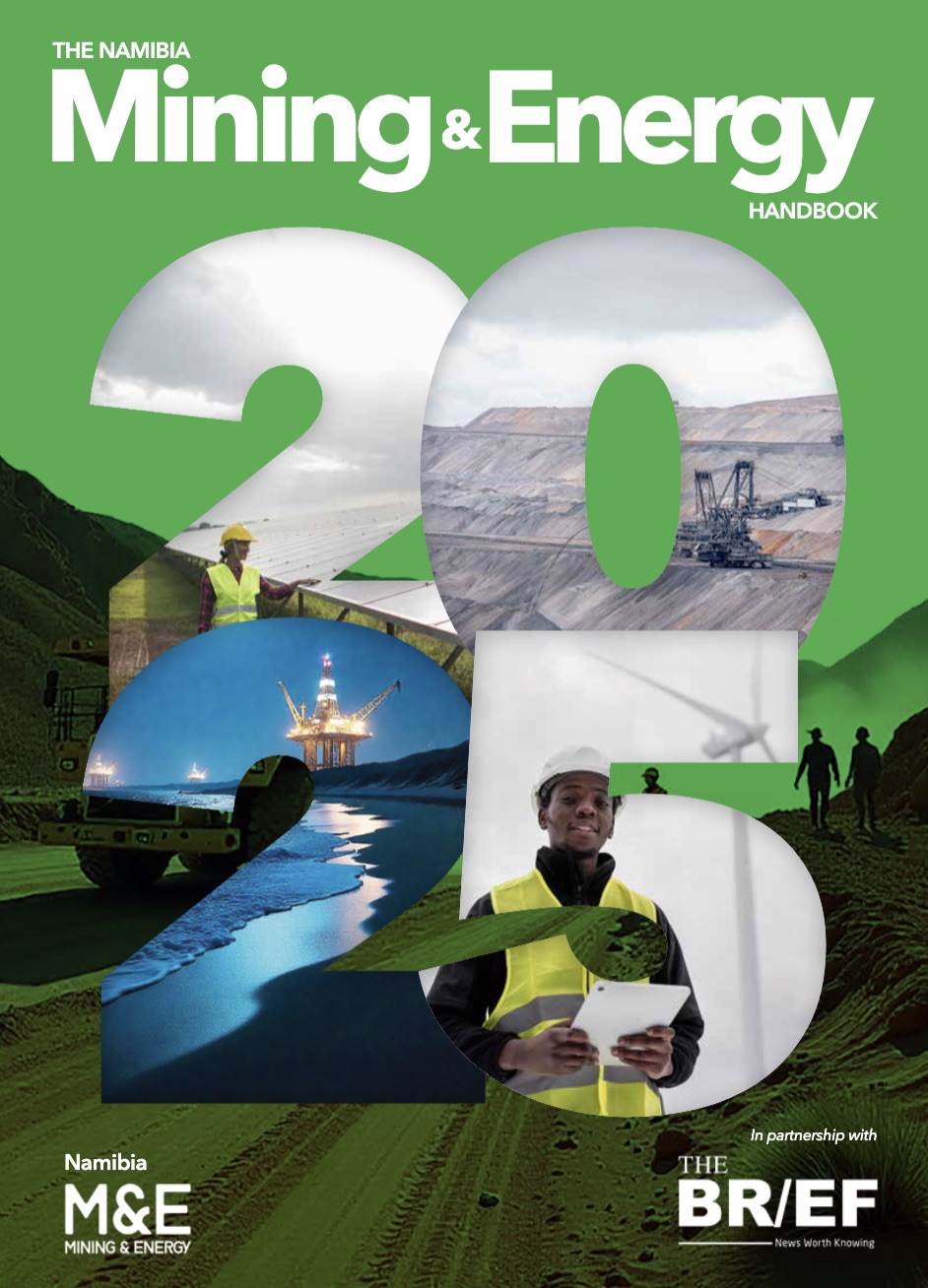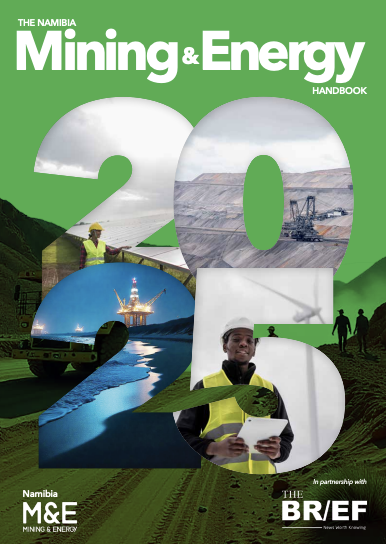
A Strategic Environmental and Social Assessment (SESA) is currently being undertaken for Namibia’s Southern Green Hydrogen Valley, focusing on the ǁKaras Region and, in particular, the central and southern parts of the Tsau ǁKhaeb National Park Southern Corridor Development Initiative.
The SESA is part of Namibia’s broader Green Hydrogen Strategy, which envisions the development of three hydrogen valleys. The southern region, anchored around Lüderitz, is projected to produce 5 million tonnes of green hydrogen equivalent per year by 2050. The central region (Khomas, Otjozondjupa, and Erongo) is targeting 3 million tonnes, while the northern region (Kunene) could also reach 5 million tonnes, though it currently lacks port access.
Production targets across all three regions are set at 1–2 million tonnes by 2030, rising to 5–7 million tonnes by 2040, and reaching 10–15 million tonnes by 2050. Achieving these figures will require an estimated 750 TWh of renewable electricity annually.
According to Eline Van Der Linden, Head of Impact and ESG at the Namibia Green Hydrogen Programme, the assessment aims to strike a balance between environmental protection and socio-economic development.
“We are currently conducting a strategic environmental and social assessment for the Southern Green Hydrogen Valley. We’re basically going to try to find the balance between social economic issues and environmental and biodiversity protection issues,” she said.
Van Der Linden emphasised that the process is not a project-specific review, but rather a regional-level study aimed at assessing cumulative impacts across multiple sectors.
“We’re also looking at other sectors. How are they developing? What are their aspirations? What are their ambitions? And we want to make sure that impacts that are going to be on top of each other, the cumulative impacts, are going to be manageable and that we assist the government in making the right choices for development in the Southern Valley,” she added.

The SESA is being led by Environmental Resources Management (ERM), with Senior Consultant Danielle Sanderson confirming that the process began with a scoping phase between June and July 2025, followed by preliminary stakeholder engagements.
A draft scoping report will be released in August for public comment, with further baseline development and interviews scheduled through September.
Sanderson noted that the current phase does not involve fresh data collection, but rather focuses on consolidating and integrating existing information.
“Our role in the Strategic Environmental and Social Assessment is to help identify and classify environmental, social, and economic risks and opportunities that can guide future development planning,” she said.
She explained that the team is using geospatial tools to map selected areas, relying on information gathered through stakeholder consultations, including from relevant government ministries.
The next phase will see ERM identify spatial patterns of opportunity and constraint in the study area, which will inform scenario modelling for low, medium, and high-growth futures, leading to a detailed risk-opportunity profile.
“This modelling will inform investment potential and help highlight management needs,” Sanderson said.
The assessment process is expected to produce a Mitigation, Management, and Monitoring Plan (MMMP), which will accompany the final SESA report in March 2026. A draft version of the report is scheduled for release in December 2025.
“The plan will align with international good practices and provide a clear framework for sustainable planning and environmental management. Capacity building will also form a key part of the final phase,” she added.
Sanderson highlighted ERM’s long-standing experience in the region: “We are pleased to be part of this process. Our organisation is a global environmental sustainability research firm with over 8,000 staff members and more than 130,000 volunteers.”
ERM has worked across Africa for over three decades, including in SADC countries, and brings expertise in geospatial analysis, environmental science, and socio-economic research.







